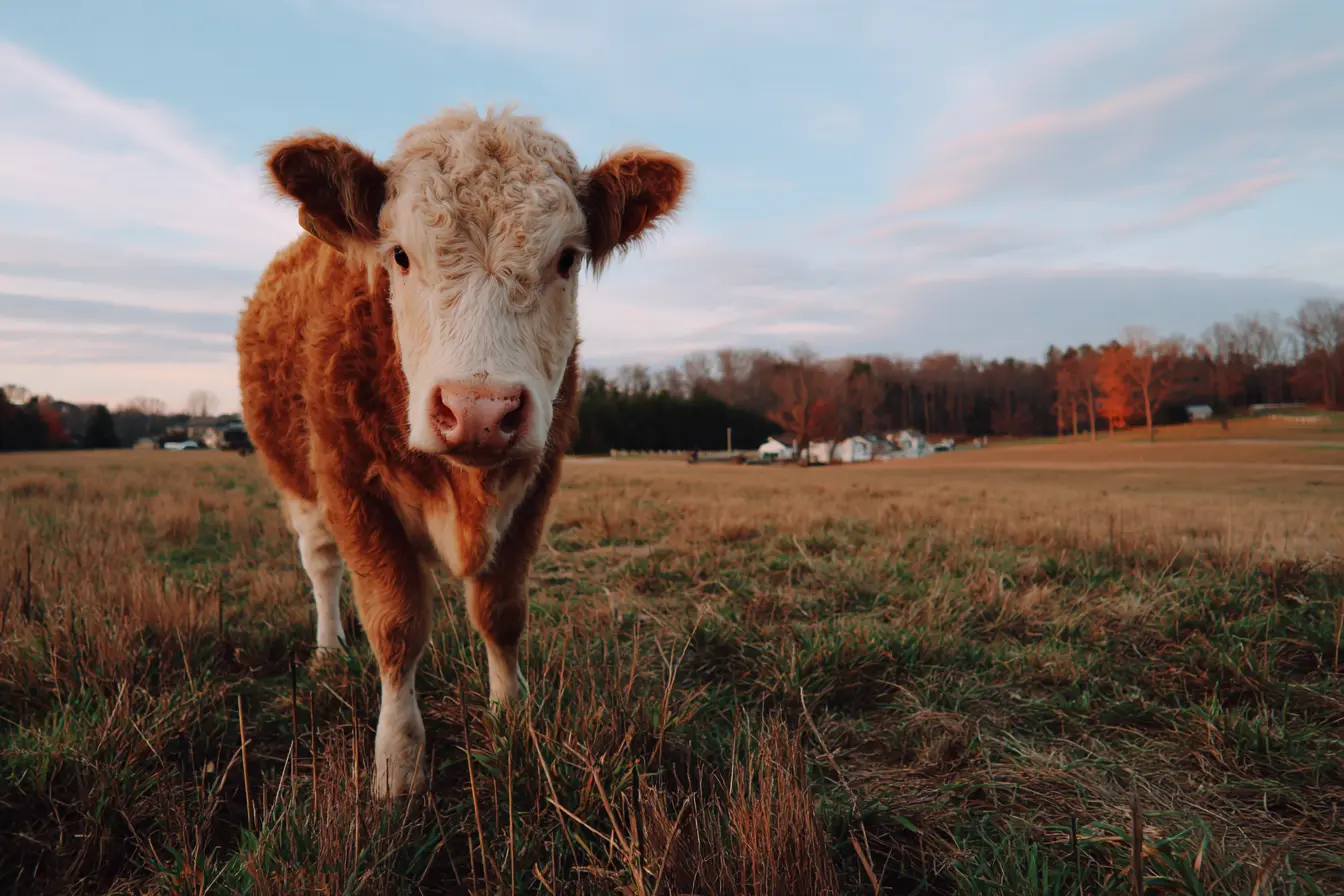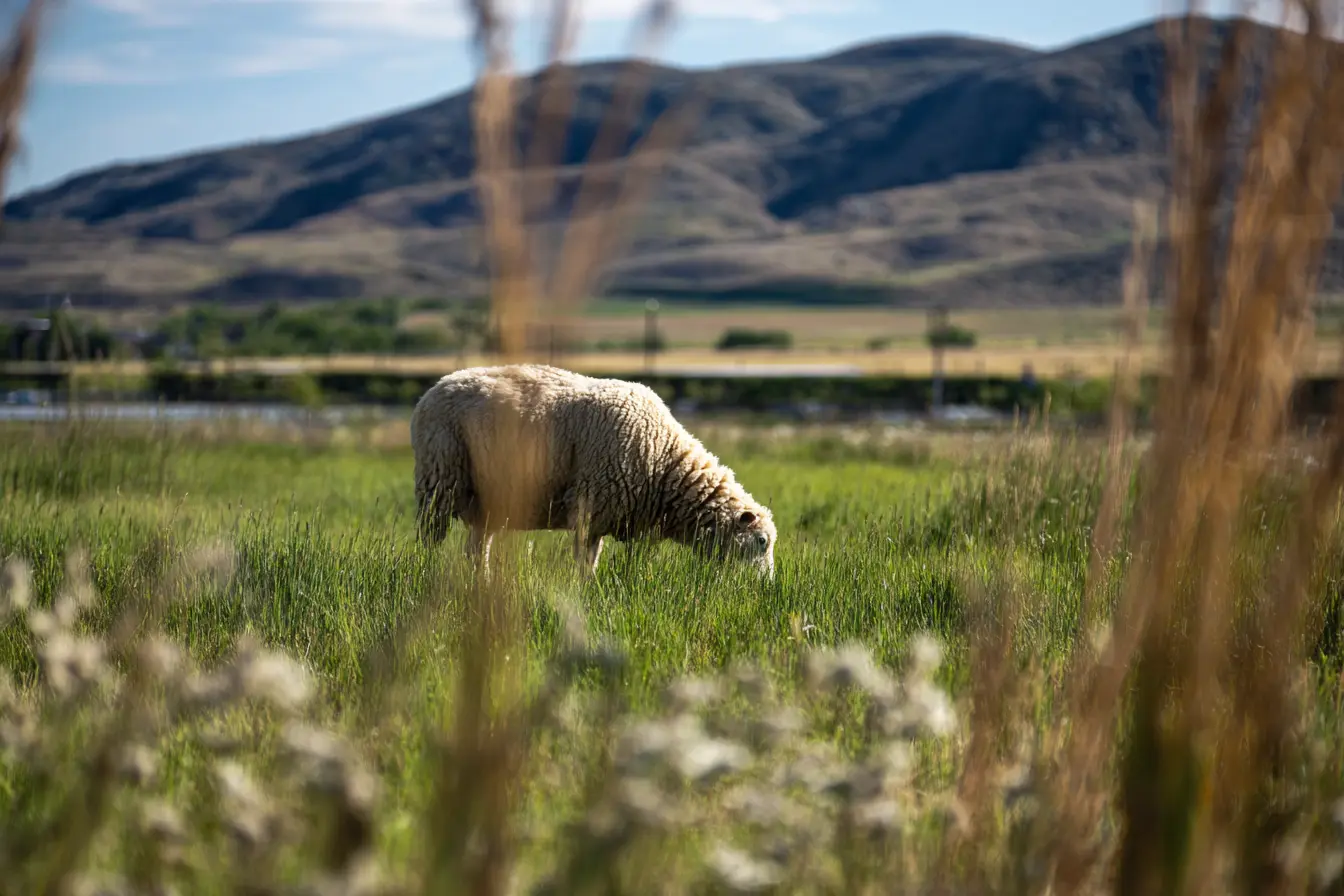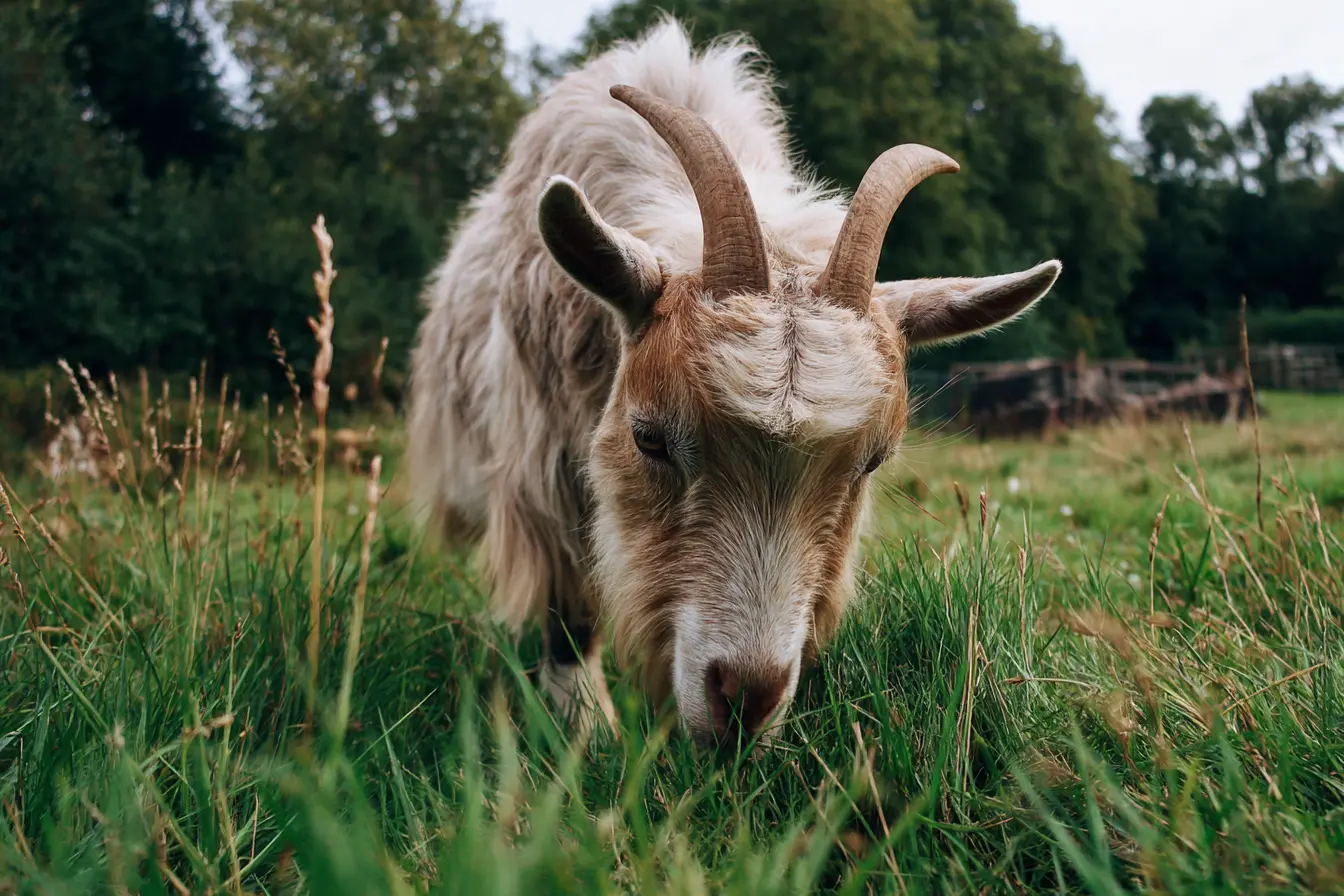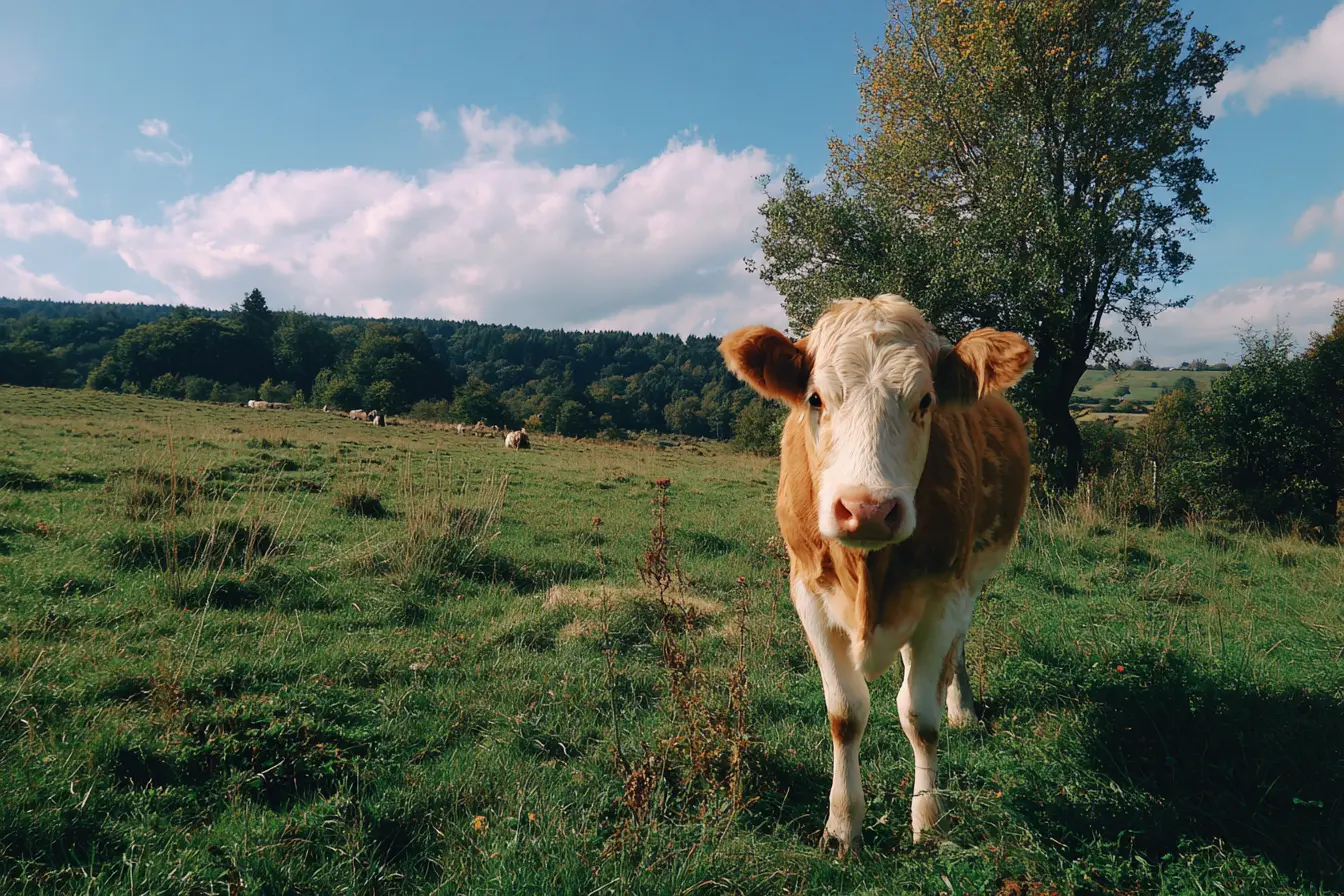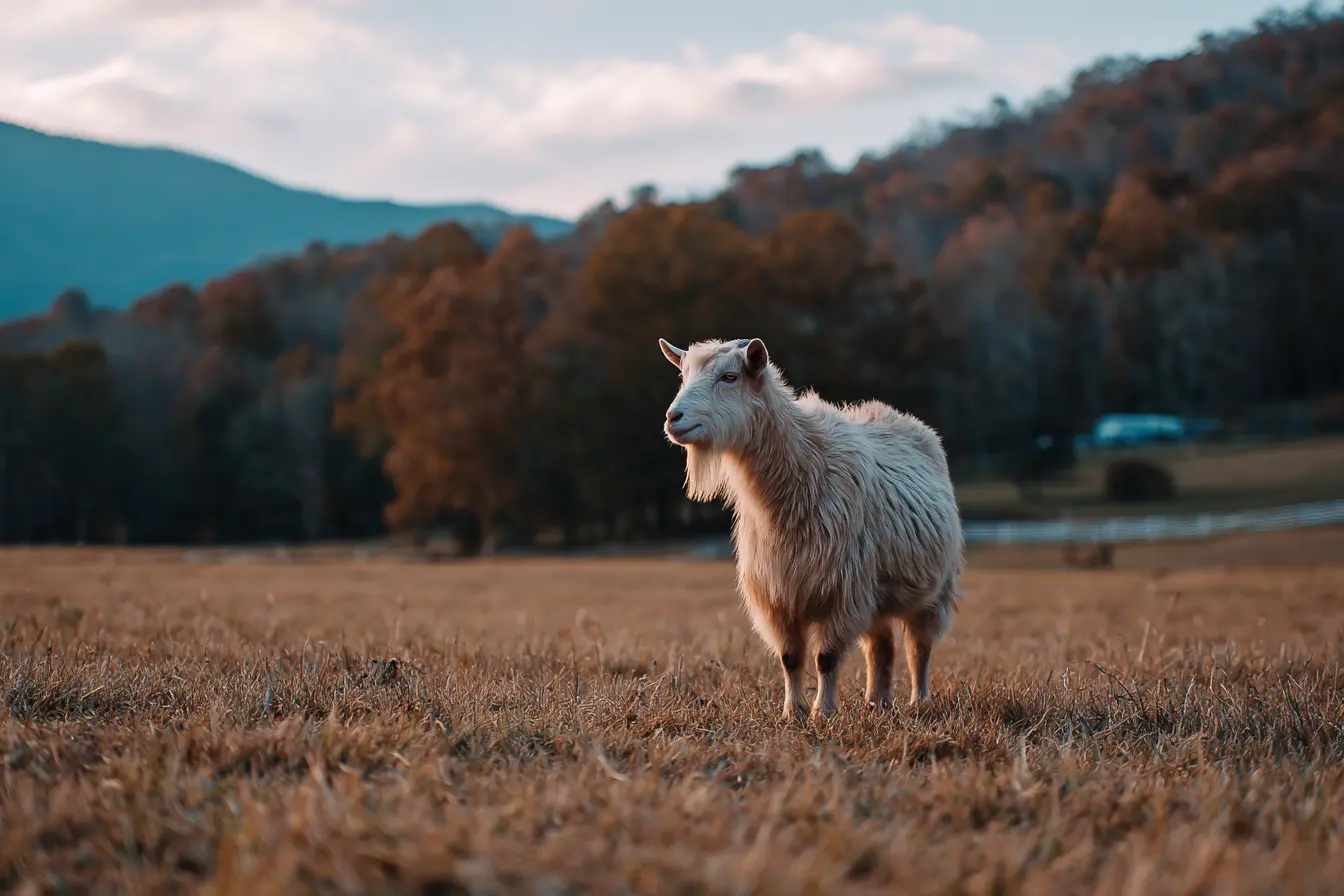
A Complete Guide to Caring for Pashmina Goats
Pashmina goats, also known as Changthangi goats, are a rare and highly prized breed originating from the cold, arid regions of Ladakh in northern India. They are best known for producing the world-famous Pashmina wool – an exceptionally fine fibre that is softer, warmer, and more luxurious than cashmere. Although traditionally kept by nomadic herders in the Himalayas, interest in Pashmina goats has spread worldwide among smallholders and fibre enthusiasts.
If you are considering keeping Pashmina goats, this guide will cover everything you need to know, including their history, key characteristics, housing, feeding, health care, shearing, and breeding.
A Brief History of Pashmina Goats
Pashmina goats are native to the high-altitude plateaus of Ladakh, where they have been bred for centuries by pastoralist communities. The word “Pashmina” is derived from the Persian word pashm, meaning “soft gold”. Traditionally, their ultra-fine fibre was hand-spun and woven into exquisite shawls and garments that were treasured by royalty and nobility.
Today, Pashmina remains one of the most valuable natural fibres in the world. Although India tightly regulates its export, small herds of Pashmina goats are now found in other regions, including Europe, where they are bred mainly for fibre rather than commercial scale production.
Key Characteristics of Pashmina Goats
Pashmina goats have several unique traits that make them both valuable and challenging to keep.
- Size: Small to medium-sized. Does weigh around 25–35kg, while bucks weigh 35–45kg.
- Coat: A double coat with an outer layer of coarse guard hair and an inner layer of downy undercoat. It is the undercoat that produces Pashmina fibre, with an average fibre diameter of just 12–15 microns.
- Ears: Small, upright ears adapted to cold climates.
- Temperament: Hardy but wary; they are less docile than some domestic breeds due to their origins as semi-wild herding animals.
- Fibre Production: Each goat produces 70–150g of Pashmina annually, which is hand-combed during the moulting season in spring.
Housing for Pashmina Goats
Because of their Himalayan origins, Pashmina goats are extremely hardy in cold conditions but less tolerant of wet, humid environments.
Shelter Requirements
- Dry and Draught-Free: Goats must be kept dry. Damp conditions can quickly lead to fleece rot and illness.
- Space: Allow at least 1.5 square metres per goat indoors.
- Bedding: Use straw or wood shavings, changed regularly to maintain hygiene.
- Ventilation: Essential for air circulation, but avoid cold draughts in winter.
Fencing
- Secure Enclosures: Pashmina goats are agile and curious, capable of slipping through small gaps. Use fencing at least 1.2m high.
- Grazing Access: Provide a secure browsing area with shrubs, grasses, and herbs. Rotational grazing helps maintain pasture quality and reduces parasite build-up.
Feeding Pashmina Goats
A nutritious, balanced diet is vital for healthy fibre growth and overall wellbeing.
Diet
- Forage: Good-quality hay and browse should form the bulk of their diet.
- Supplements: Grain or concentrate feeds may be necessary during winter, pregnancy, or lactation.
- Fibre Quality: The quality of feed directly influences the quality of the Pashmina fibre – avoid poor forage or mouldy hay.
Water
- Fresh, clean water must always be available. In freezing weather, check regularly to prevent ice.
Minerals
- Provide mineral supplements formulated for goats, ensuring they contain copper (unless local forage is already high in copper).
Combing Pashmina Goats
Unlike Angora goats, Pashmina goats are not sheared but combed during their natural moulting season.
Fibre Harvesting
- Timing: Spring, when the undercoat naturally loosens.
- Method: Use a special comb to gently remove the downy undercoat without damaging the outer guard hair.
- Yield: Expect 70–150g per goat each season.
Fibre Care
- Carefully clean and sort the fleece to remove coarse hairs and debris.
- Store in a cool, dry place, protected from moths and pests.
Health Care for Pashmina Goats
Although hardy, Pashmina goats require regular health checks and preventive care.
Vaccinations
- Standard goat vaccinations against clostridial diseases and pasteurellosis should be maintained.
Parasite Control
- Internal parasites can affect fleece quality and overall health. Conduct faecal egg counts and follow a targeted worming programme.
- External parasites such as lice should be monitored and treated promptly.
Hoof Care
- Trim hooves every 4–6 weeks to prevent overgrowth and lameness.
- Keep housing dry to reduce the risk of foot rot.
Cold vs Damp
- These goats thrive in cold, dry climates but struggle in dampness. Ensure housing and pastures remain well-drained.
Breeding Pashmina Goats
Breeding Pashmina goats requires patience, as they are slow to mature compared to some other breeds.
Breeding Facts
- Age to Breed: Does are usually bred from 18 months, once they reach a healthy weight.
- Gestation Period: Approximately 150 days (5 months).
- Kids: Typically 1–2 per litter. Mothers are attentive but require a quiet, safe environment at kidding time.
Behaviour and Handling
Pashmina goats are less tame than many domestic breeds, but they can become accustomed to gentle handling.
- Patience: Approach quietly to avoid stress.
- Routine: Establish a regular handling routine to build trust.
- Social Needs: Goats are herd animals; never keep a single goat alone.
Why Choose Pashmina Goats?
There are many reasons why smallholders and fibre enthusiasts choose to keep Pashmina goats:
- World-Class Fibre: Pashmina is one of the softest and most valuable natural fibres in existence.
- Hardiness: Well-adapted to harsh, cold climates.
- Cultural Value: Owning Pashmina goats connects keepers to an ancient tradition of textile production.
Final Thoughts
Pashmina goats are a rare and rewarding breed for those interested in fine fibre production. While they require careful management, particularly in wetter climates, their exquisite fibre makes them a truly special choice. With proper housing, nutrition, health care, and patient handling, Pashmina goats can thrive and provide the treasured fibre known as the “diamond of fibres”.
If you’re prepared for the commitment, raising Pashmina goats offers both practical rewards and the chance to participate in a centuries-old tradition of luxury fibre production.
Vets near you
Speciality vets
- Aquatics vet specialists
- Birds vet specialists
- Camelids vet specialists
- Cats vet specialists
- Cattle vet specialists
- Deer vet specialists
- Dogs vet specialists
- Equines vet specialists
- Exotic vet specialists
- Goats vet specialists
- Pigs vet specialists
- Poultry vet specialists
- Sheep vet specialists
- Small Mammals vet specialists
- Wild vet specialists
